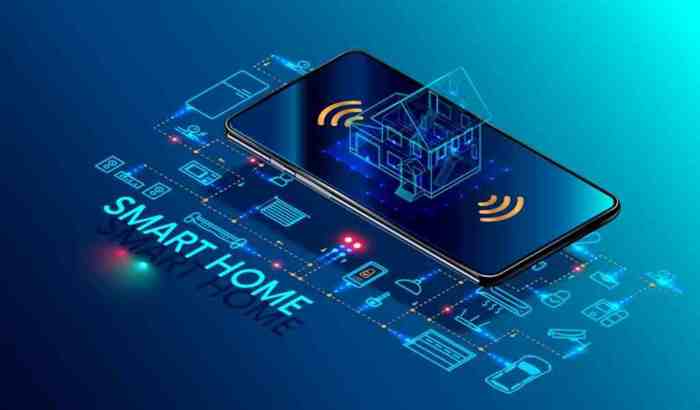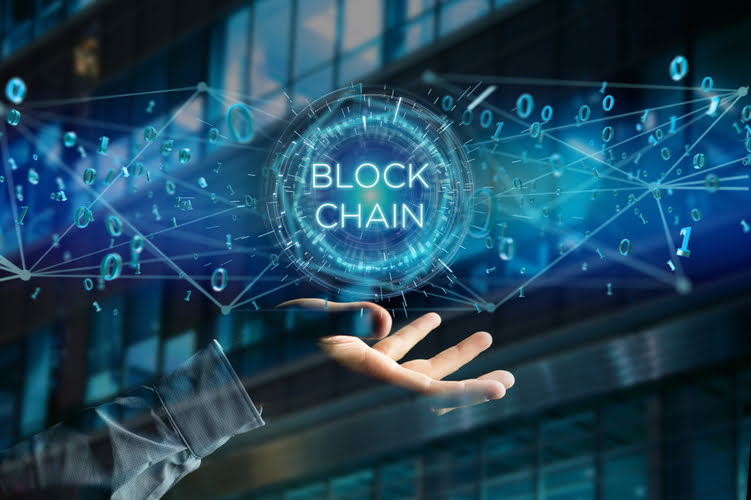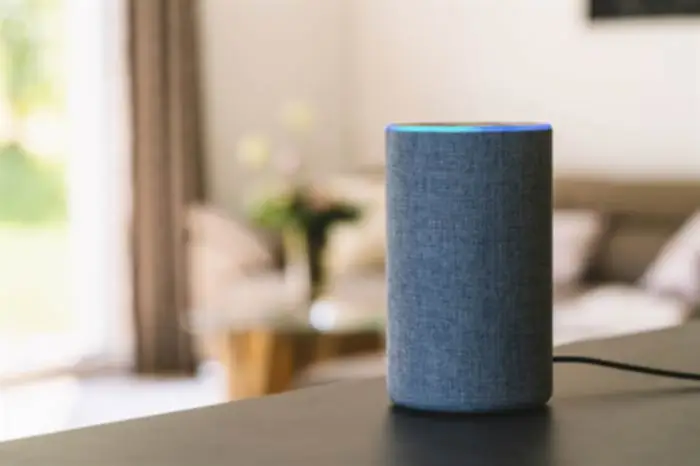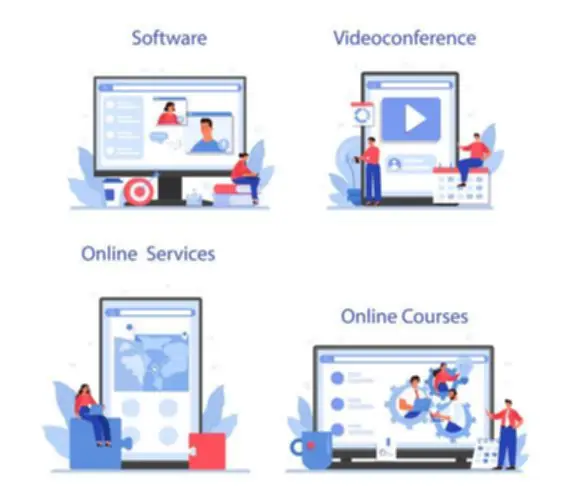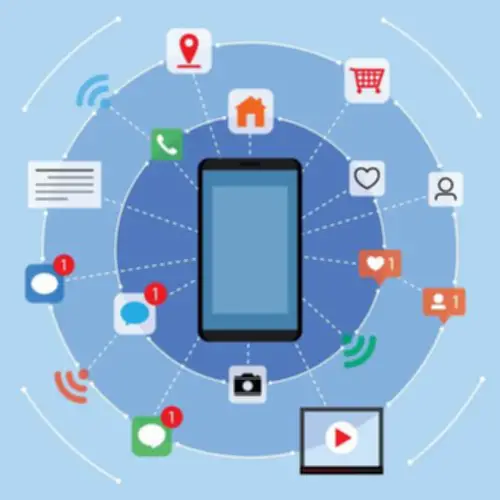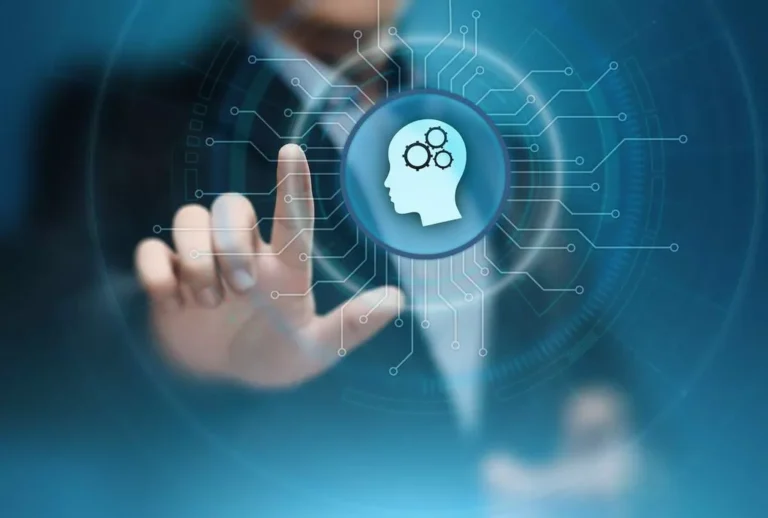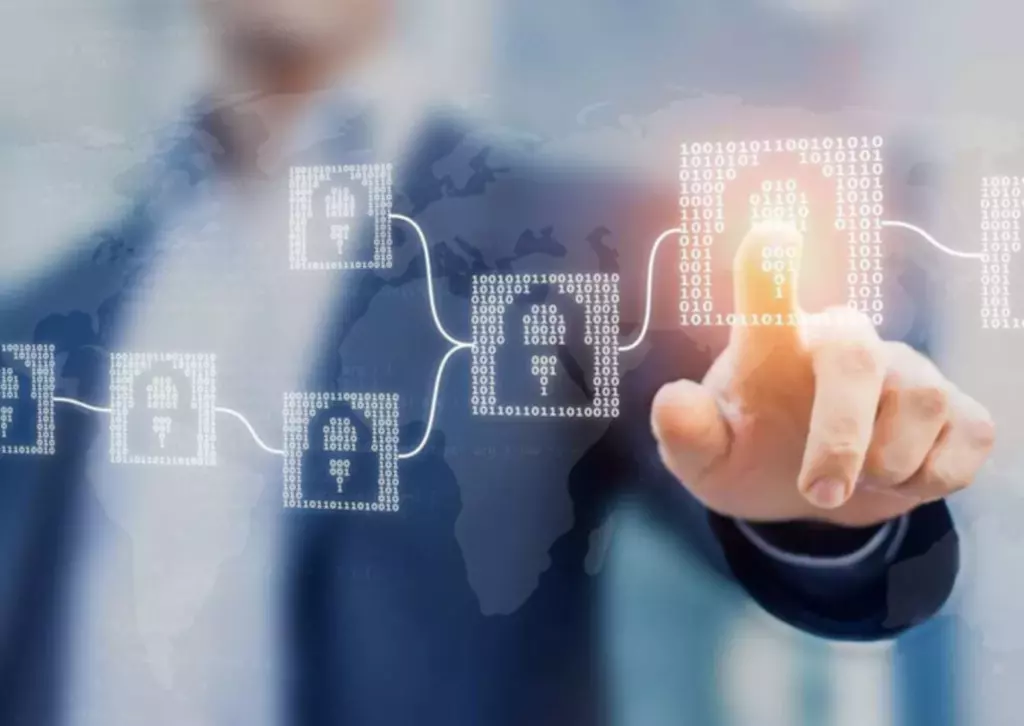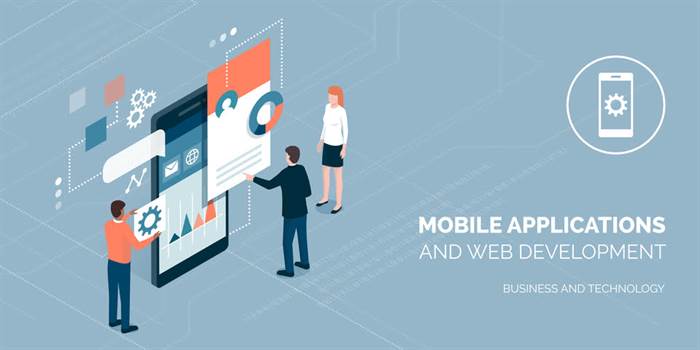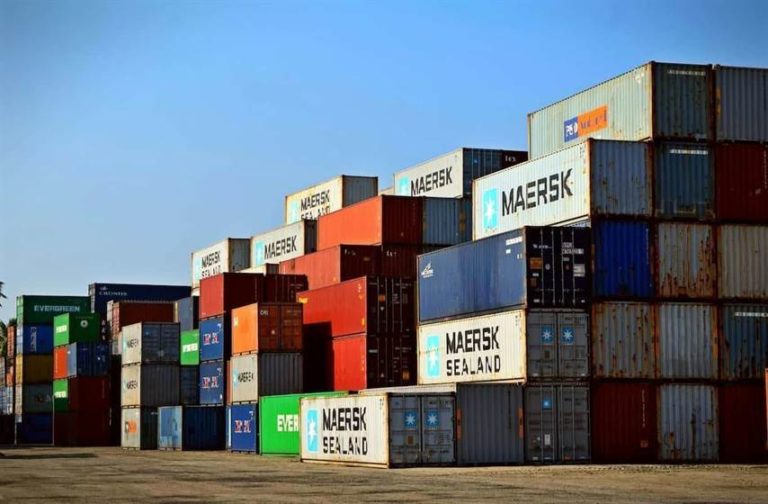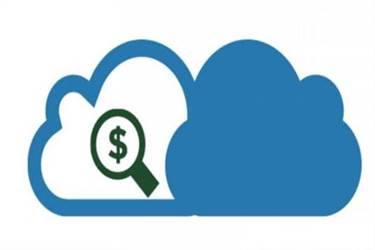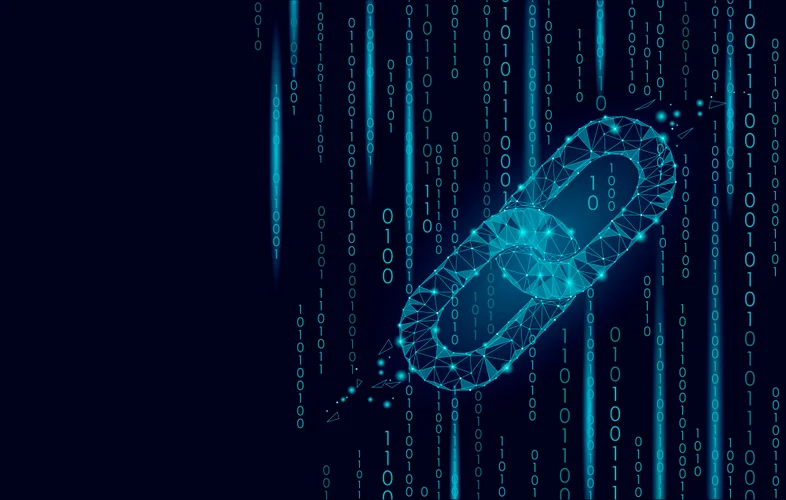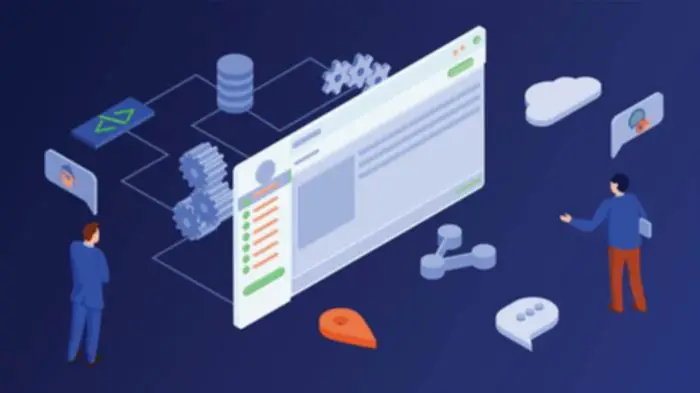Edge computing—or simply “edge”— moves laptop storage and processing (now often just known as “compute”) to the sting of the network. This is where it is closest to customers and units and most critically, as shut as attainable to data sources. Data’s journey throughout nationwide and regional boundaries can pose additional problems for information security, privateness and other authorized issues. Edge computing can be utilized to keep data near its supply and within the bounds of prevailing knowledge sovereignty laws, such because the European Union’s GDPR, which defines how data must be stored, processed and exposed.
A cloud information middle may be too distant, however the edge deployment would possibly simply be too resource-limited, or bodily scattered or distributed, to make strict edge computing practical. Fog computing usually takes a step again and places compute and storage sources “inside” the data, but not essentially “at” the info. But this virtual flood of data can additionally be changing the way businesses handle computing. The conventional computing paradigm built on a centralized information center and everyday internet is not properly suited to transferring endlessly rising rivers of real-world data. Bandwidth limitations, latency points and unpredictable network disruptions can all conspire to impair such efforts. Businesses are responding to those information challenges through using edge computing architecture.
Edge computing processes information that’s time-sensitive, whereas cloud computing handles knowledge that lacks time constraints. For telcos, the apps and providers their clients wish to consume on edge networks are the key to income era, but success is decided by building the best ecosystem and coordinating among stakeholders and expertise partners alike. When issues arise in cellular computing, they typically revolve around latency points and service failures.
In easiest phrases, edge computing strikes some portion of storage and compute assets out of the central data middle and nearer to the source of the data itself. Rather than transmitting uncooked data to a central knowledge middle for processing and evaluation, that work is as a substitute carried out the place the info is actually generated — whether that is a retail retailer, a factory floor, a sprawling utility or across a wise metropolis. Only the outcomes of that computing work on the edge, similar to real-time enterprise insights, gear maintenance predictions or other actionable answers, is distributed https://www.globalcloudteam.com/ again to the primary knowledge heart for evaluate and other human interactions. By putting computing companies nearer to edge locations or gadgets, users profit from faster, more dependable companies, while firms benefit by being higher capable of rapidly course of data, and help applications without worrying about latency. Bringing online data and algorithms into brick-and-mortar stores to improve retail experiences. Creating techniques that employees can train and situations where workers can study from machines.
Edge computing allows you to profit from the large quantity of data created by connected IoT units. Deploying analytics algorithms and machine studying fashions to the edge enables knowledge processing to occur locally and be used for rapid determination making. For example, when AI acts on information on the edge, it reduces the necessity for centralized compute energy. Edge additionally makes blockchain higher as more reliable knowledge leads to higher belief and fewer chance of human error. Data can be captured and relayed immediately by machines in real-time, and the increased use of sensors and cameras on the sting means extra and richer knowledge will become out there to investigate and act on. Edge is also main a revolution in automation, transferring from systematic processes in closed, managed environments like factories to advanced performances in open, uncontrolled environments like agriculture.
What’s An Instance Of Edge Computing?
Edge computing is an emerging computing paradigm which refers to a spread of networks and gadgets at or near the consumer. Edge is about processing information nearer to the place it’s being generated, enabling processing at larger speeds and volumes, resulting in larger action-led results in actual time. Think of edge as an extension of the cloud somewhat than a alternative, says Seth Robinson, senior director of know-how evaluation at technology affiliation CompTIA. In truth, edge is a key enabler for unlocking the full energy of information within the cloud.
It also added a bunch of sensors, screens and air redirects to maintain best temperatures. In addition to what some view as inadequate cooperation between hardware builders and software program providers, the precise fact remains that constructing out an edge computing network is difficult work. Edge computing is a distributed computing framework that brings computing and knowledge storage nearer to gadgets, decreasing the quantity of data needed to move around and making responses faster. Cloud gaming firms are trying to construct edge servers as near gamers as attainable in order to cut back latency and supply a totally responsive and immersive gaming experience. An edge on the hospital web site could process data domestically to hold up knowledge privacy.

It offers some distinctive benefits over traditional fashions, the place computing energy is centralized at an on-premise knowledge heart. Putting compute on the edge permits companies to enhance how they manage and use bodily property and create new interactive, human experiences. Some examples of edge use cases embody self-driving vehicles, autonomous robots, good tools data and automated retail. Banks may want edge to analyze ATM video feeds in real-time in order to increase shopper security. Mining corporations can use their data to optimize their operations, improve employee security, reduce energy consumption and improve productiveness.
Trendy Networks: Tips On How To Fast Monitor Aggressive Benefit
Cloud computing is a huge, extremely scalable deployment of compute and storage sources at considered one of several distributed global locations (regions). Cloud suppliers additionally incorporate an assortment of pre-packaged providers for IoT operations, making the cloud a preferred centralized platform for IoT deployments. In follow, cloud computing is an alternative — or generally a complement — to traditional knowledge centers.

But the number of units related to the web, and the volume of data being produced by those units and utilized by companies, is rising far too shortly for conventional data center infrastructures to accommodate. Gartner predicted that by 2025, 75% of enterprise-generated data might be created exterior of centralized knowledge facilities. The prospect of transferring so much information in conditions that may often be time- or disruption-sensitive places unimaginable pressure on the worldwide web, which itself is commonly subject to congestion and disruption.
Edge computing is beneficial where connectivity is unreliable or bandwidth is restricted because of the location’s environmental characteristics. Examples embrace oil rigs, ships at sea, remote farms or different distant locations, similar to a rainforest or desert. Edge computing does the compute work on website — typically on the edge device itself — corresponding to water quality sensors on water purifiers in remote villages, and may save knowledge to transmit to a central level solely when connectivity is on the market. By processing knowledge regionally, the amount of information to be despatched could be vastly reduced, requiring far less bandwidth or connectivity time than might in any other case be essential. Edge computing helps you unlock the potential of the huge untapped information that’s created by related units.
Reduces Congestion
Extending IT to the mission’s edge, where edge computing, bolstered by IoT and 5G connectivity, is transforming federal government. What makes edge so exciting is the potential it has for reworking business throughout each industry and function. IoT-based energy grid system enables communication of electrical energy and data to monitor and control the power grid,[31] which makes power administration more efficient. Data lifecycles check with when information is stored and how lengthy it should be kept for reporting functions earlier than being deleted or archived for future use. Let’s dive into what edge computing is and why it’s making waves in the tech world. One potential approach to resolve the standoff and ignite the mandatory partnership?
- How edge enablers like 5G and digital twins are driving the method ahead for cloud, on the edge.
- Companies like Netflix, Spotify and other SaaS companies have even built their complete business models on the idea of cloud computing.
- Examples embody oil rigs, ships at sea, distant farms or different remote places, corresponding to a rainforest or desert.
- Edge computing is computing that takes place at or near customers or data sources – outdoors of the standard, centralized data center/cloud.
- From actual time player tracking to wearable expertise and enhanced fan experiences, edge computing is quickly moving into the mainstream throughout the sporting world.
IIoT is significant for bringing more automation and self-monitoring to industrial machines, serving to improve effectivity. Yet, explaining edge computing to non-technical audiences could be tough – partly, because this kind of information processing can happen in any number of methods and in such a selection of settings. At its easiest, edge computing is the apply of capturing, processing, and analyzing information close to where it is created. Edge computing is already in use all around us – from the wearable on your wrist to the computers parsing intersection site visitors move. Other examples embody good utility grid evaluation, safety monitoring of oil rigs, streaming video optimization, and drone-enabled crop management. Find a vendor with a confirmed multicloud platform and a comprehensive portfolio of services designed to extend scalability, speed up performance and strengthen security in your edge deployments.
This means they’ll concurrently deal with extra requests and supply greater flexibility as demand modifications. As more folks connect with the web, there shall be an rising want for this sort of expertise. Edge Computing can protect user privacy by storing delicate data on the network’s edge. The knowledge is encrypted earlier than being transmitted over the community, and as quickly as it reaches the edge system, it can be decrypted locally on the gadget earlier than being processed. Edge computing may help autonomous autos and self-driving cars process knowledge round them at faster speeds, all with out the necessity for the cloud. This could improve vehicle reaction occasions and reduce accidents, in addition to hold car operations up when offline or in a rural space, making for safer travel.
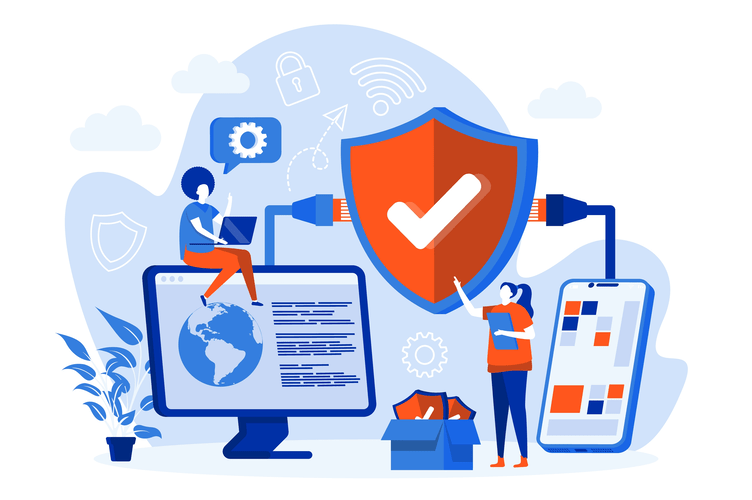
This can increase the quantity of green energy (like wind power) an enterprise consumes. Autonomous platooning of truck convoys will probably be one of the first use instances for autonomous vehicles. Here, a group of truck journey shut behind each other in a convoy, saving fuel costs and decreasing edge computing explained congestion. With edge computing, will probably be potential to take away the need for drivers in all trucks besides the front one, as a result of the vehicles will be in a position to talk with each other with ultra-low latency.
Why Edge Computing Is The Means Forward For Cloud
The edge refers to the bodily location of computing assets near or at a network’s endpoints. Edge computing goals to reduce back latency and improve performance for each cloud-based purposes and IoT gadgets. Edge utility companies scale back the volumes of data that should be moved, the resultant traffic, and the space that data must travel. Edge computing is a distributed computing framework that brings enterprise functions closer to data sources corresponding to IoT gadgets or native edge servers. This proximity to information at its source can ship robust business advantages, including sooner insights, improved response times and higher bandwidth availability.

Retailers can personalize the shopping experiences for their prospects and quickly talk specialised provides. Companies that use kiosk services can automate the distant distribution and management of their kiosk-based applications, helping to ensure they proceed to operate even once they aren’t linked or have poor network connectivity. The subsequent sections present an in-depth look at the traditional information handling course of, the challenges confronted by conventional knowledge centers, and the core concept of edge computing. As the digital panorama continues to reshape, edge computing remains a linchpin innovation, essentially altering knowledge processing and connectivity norms. Its purposes span numerous domains, from IoT devices making lightning-fast choices to containerized solutions and distant server farms tackling the complexities of decentralized data processing.

